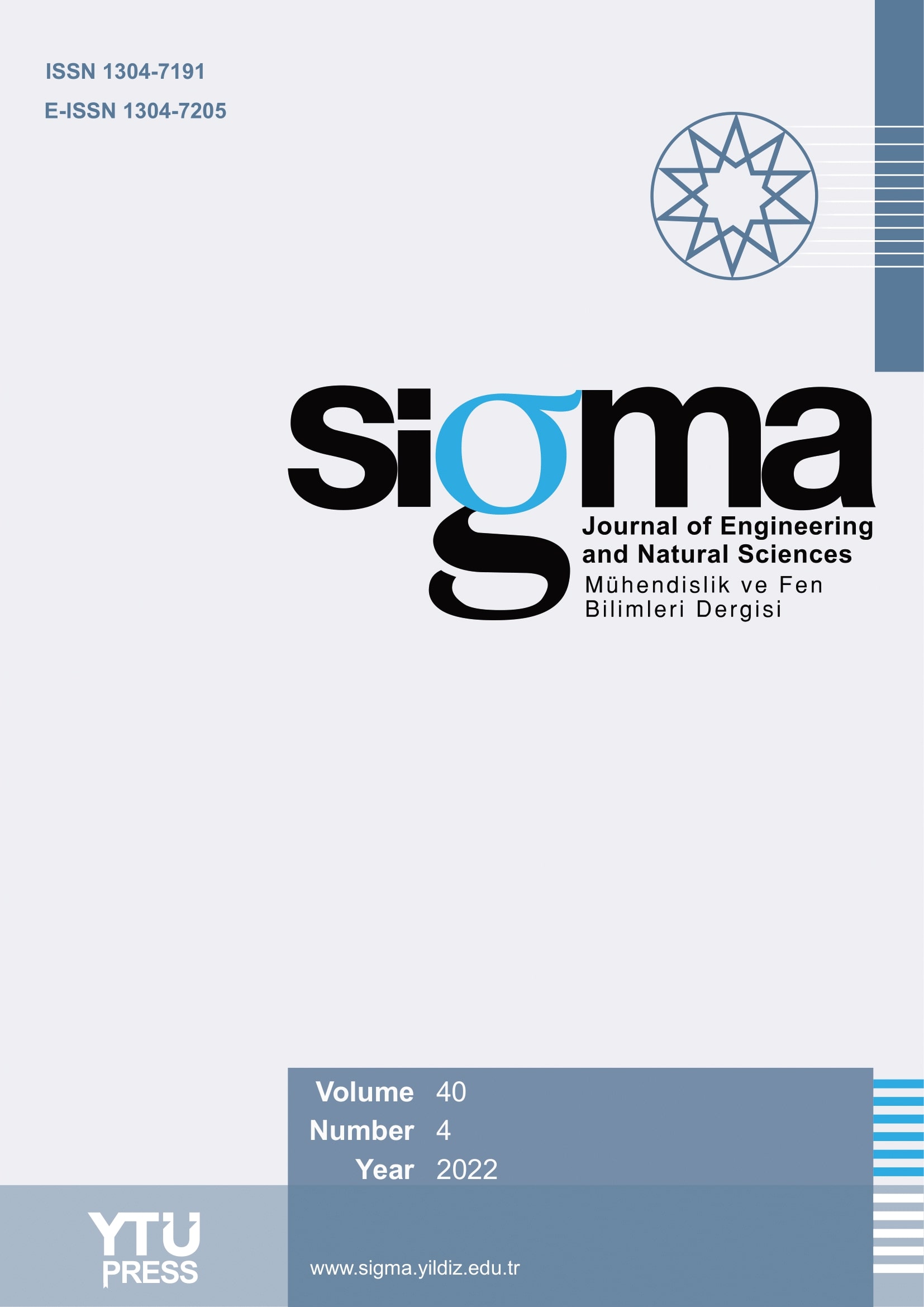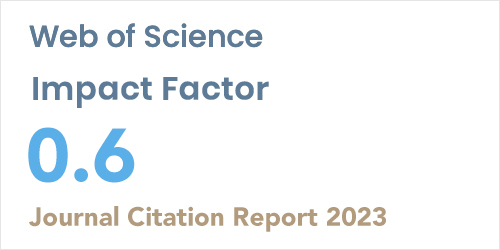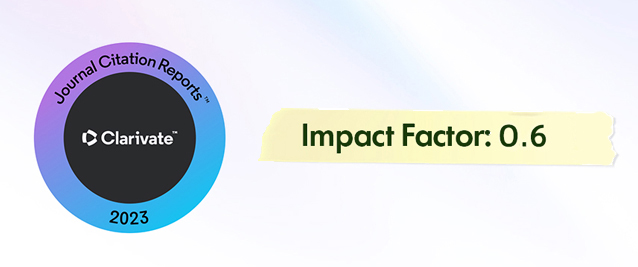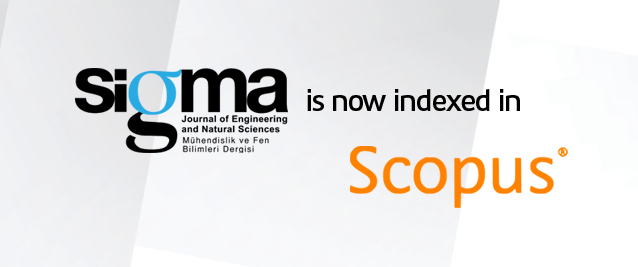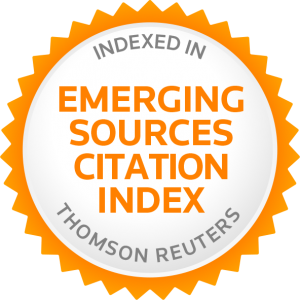2Dr. Sami Ulus Pediatric Health and Disease Training and Research Hospital, University of Health Sciences, Division of Pediatric Endocrinology, Ankara, 06080, Türkiye
3Department of Mathematics, TOBB Economics and Technology University, Ankara, 06560, Türkiye
Abstract
In 2019, the emergence of COVID-19 underscored the critical role of mathematical modeling in understanding and forecasting global health crises. The rapid and often unnoticed spread of infectious diseases by asymptomatic carriers poses a significant challenge to public health efforts worldwide. Understanding and accurately modeling this transmission is crucial for developing effective vaccination strategies and controlling outbreaks. We address this critical issue by enhancing the SAIR model, a Susceptible-Asymptomatic-Infected-Recovered com-partmental model, to better capture the dynamics of asymptomatic spread and vaccination ef-fectiveness. This study focuses on the SAIR models to investigate the dynamics of COVID-19 transmission, with a particular emphasis on asymptomatic individuals, who can unknowingly transmit the disease.
In this paper, we present two modifications to the SAIR model. The first modification as-sumes that individuals gain lifelong immunity after recovering from the infection. The second modification, known as the SAIRS model, considers the possibility of reinfection, meaning recovered individuals can become susceptible again. By applying these enhanced models to real-world data on daily reported COVID-19 cases in Türkiye, we aim to gain a deeper under-standing of the pandemic’s behavior and progression in the country. The novelty of this work lies in the integration of a vaccine effectiveness parameter into the SAIR model, uniquely considering the delayed immunity of vaccinated individuals and the distinct transmission dynamics of both symptomatic and asymptomatic cases. Analyzing this parameter within a fuzzy environment enhances the accuracy of predictions, providing more dependable estimations of future disease scenarios. This approach offers a new dimension to epidemic modeling, contributing valuable insights to public health strategies and vaccination policies.


